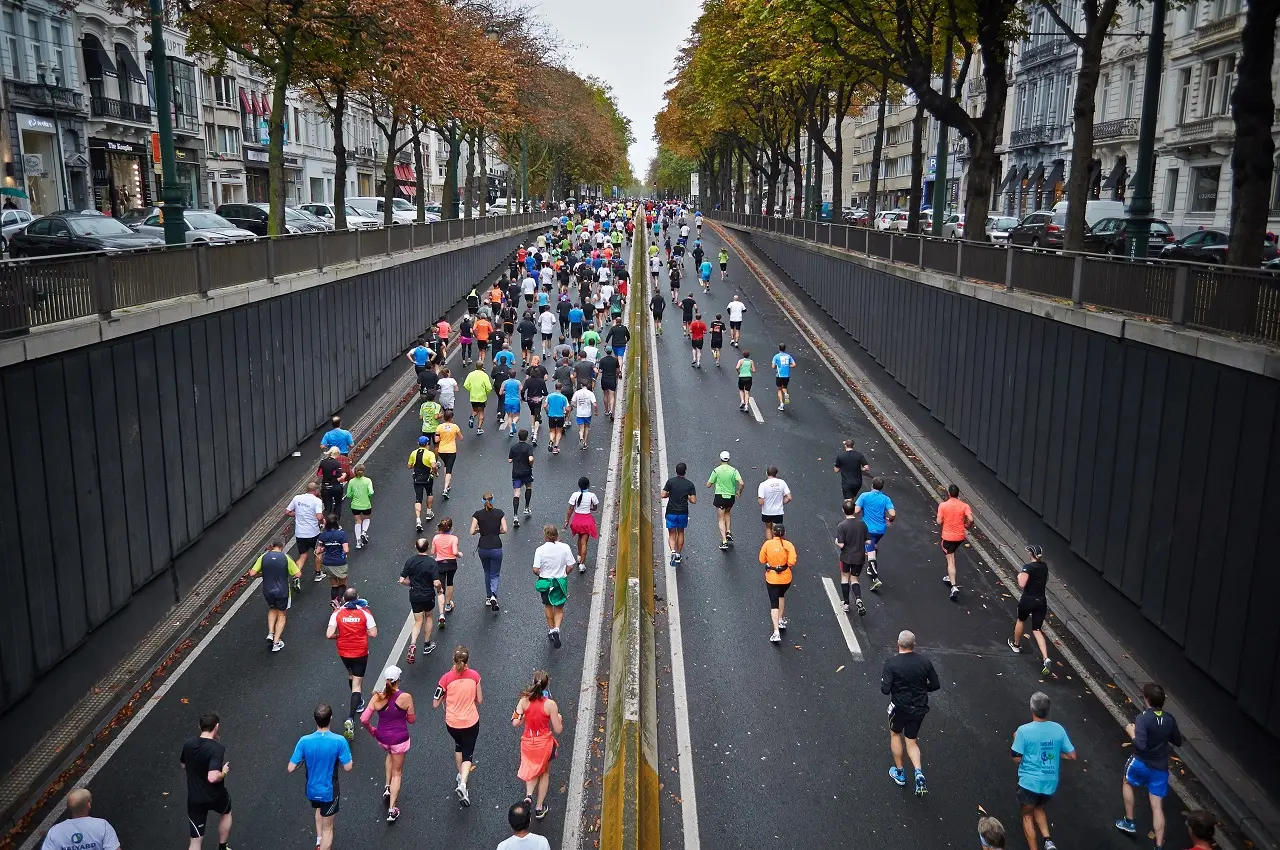Les flèches de navigation sont sur l'image.
Images
slidesImg.css :
* {box-sizing:border-box}
/* Slideshow container */
.slideshow-container {
/*max-width: 1024px;*/
position: relative;
margin: auto;
}
/* Hide the images by default */
.mySlides {
display: none;
}
/* Next & previous buttons */
.prev, .next {
cursor: pointer;
position: absolute;
top: 50%;
width: auto;
margin-top: -22px;
padding: 16px;
color: white;
font-weight: bold;
font-size: 18px;
transition: 0.6s ease;
border-radius: 0 3px 3px 0;
user-select: none;
}
/* Position the "next button" to the right */
.next {
right: 0;
border-radius: 3px 0 0 3px;
}
/* On hover, add a black background color with a little bit see-through */
.prev:hover, .next:hover {
background-color: rgba(0,0,0,0.8);
}
/* Caption text */
.text {
color: #f2f2f2;
font-size: 15px;
padding: 8px 12px;
position: absolute;
bottom: 8px;
width: 100%;
text-align: center;
}
/* Number text (1/3 etc) */
.numbertext {
color: #f2f2f2;
font-size: 12px;
padding: 8px 12px;
position: absolute;
top: 0;
}
/* The dots/bullets/indicators */
.dot {
cursor: pointer;
height: 15px;
width: 15px;
margin: 0 2px;
background-color: #bbb;
border-radius: 50%;
display: inline-block;
transition: background-color 0.6s ease;
}
.slideActive, .dot:hover {
background-color: #717171;
}
/* Fading animation */
.fade {
-webkit-animation-name: fade;
-webkit-animation-duration: 1.5s;
animation-name: fade;
animation-duration: 1.5s;
}
@-webkit-keyframes fade {
from {opacity: .4}
to {opacity: 1}
}
@keyframes fade {
from {opacity: .4}
to {opacity: 1}
}
slidesImg.js :
var slideIndex = 1;
showSlides(slideIndex);
/* Next/previous controls */
function plusSlides(n) {
showSlides(slideIndex += n);
}
/* Thumbnail image controls */
function currentSlide(n) {
showSlides(slideIndex = n);
}
function showSlides(n) {
var i;
var slides = document.getElementsByClassName("mySlides");
var dots = document.getElementsByClassName("dot");
if (n > slides.length) {slideIndex = 1}
if (n < 1) {slideIndex = slides.length}
for (i = 0; i < slides.length; i++) {
slides[i].style.display = "none";
}
for (i = 0; i < dots.length; i++) {
dots[i].className = dots[i].className.replace(" slideActive", "");
}
slides[slideIndex-1].style.display = "block";
dots[slideIndex-1].className += " active";
}
Ce code n'est valide que pour 1 seule série de slides par page.
Les "boutons", suivant et précédent, peuvent se trouver sur l'image.
Ce code n'est généralement utilisé que sur la page d'accueil du site. De plus, le code contenu dans le fichier slidesImg.css et slidesImg.js est trop grand pour être ajouté respectivement à w3P.css et à w3P.js.
Ces codes CSS et surtout JS sont améliorés (par rapport à ceux de la w3schools)


